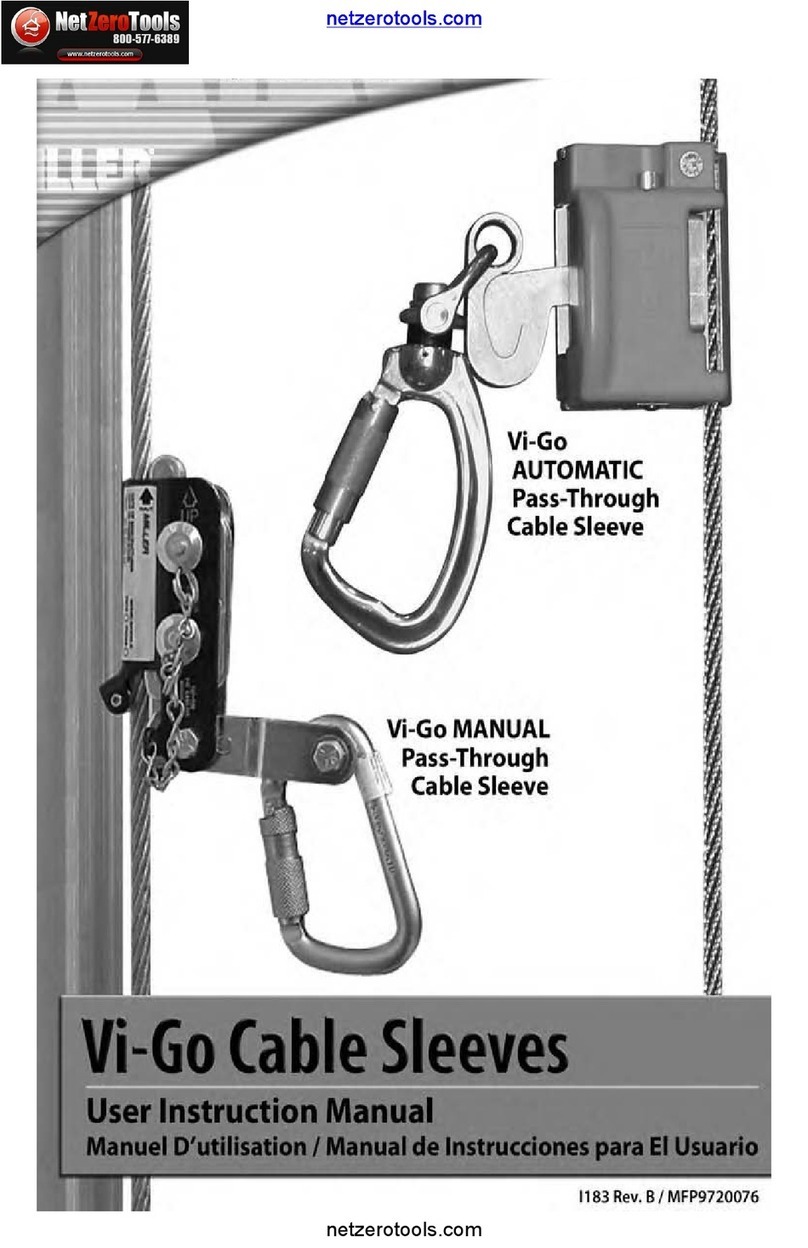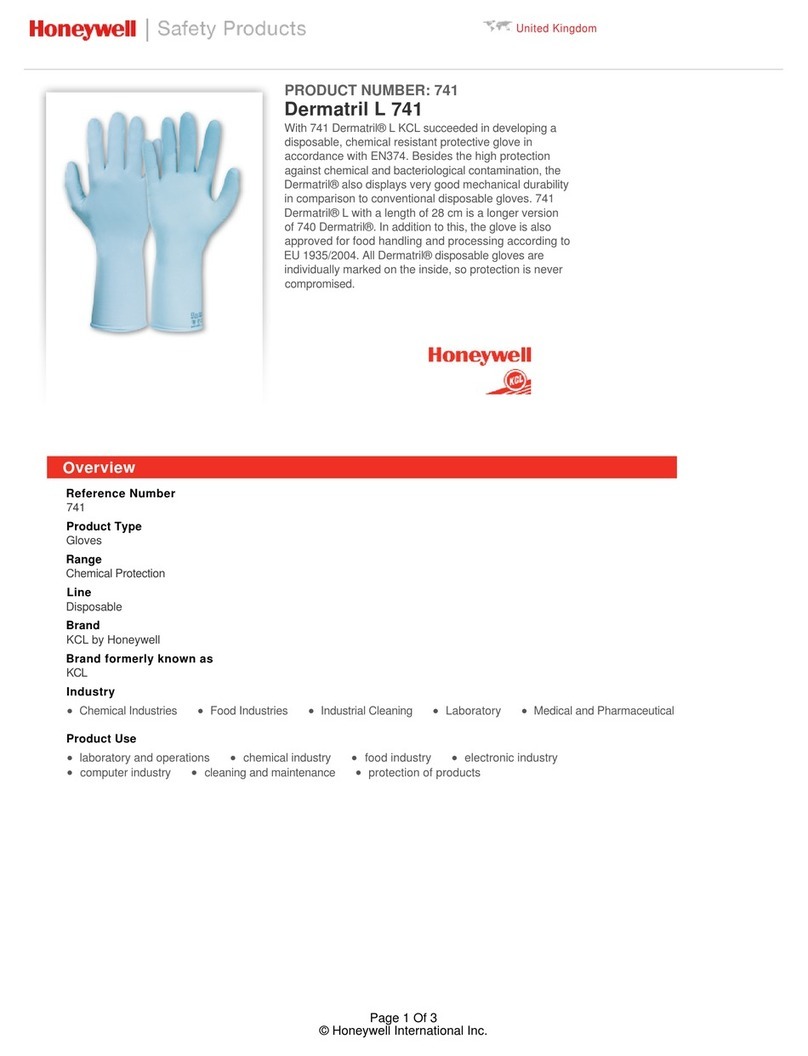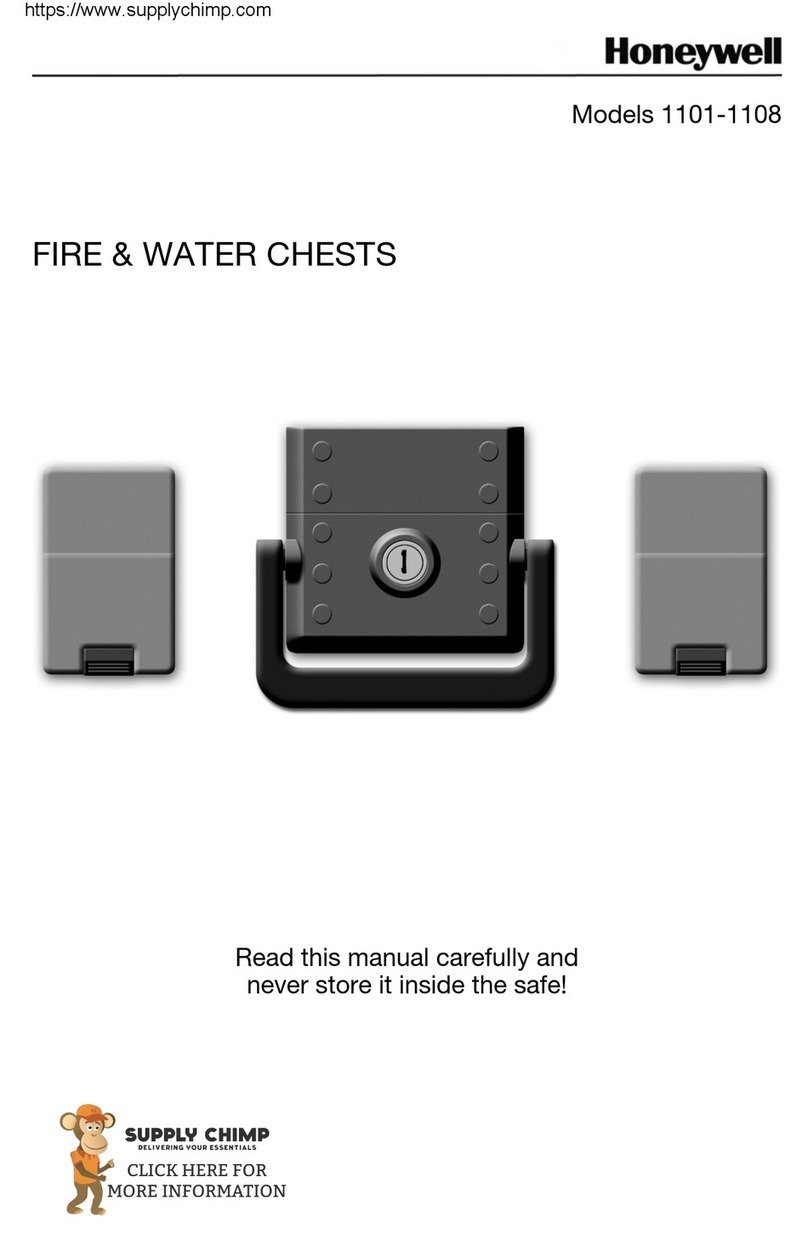
10
INSTRUCCIONES DE COLOCACIÓN
SÍMBOLO RAEE
El uso del símbolo RAEE
(Residuos de aparatos eléctricos
y electrónicos) indica que este producto
no puede eliminarse como cualquier otro
residuo. Si garantiza la eliminación co-
rrecta del producto, contribuirá a proteger
el medioambiente. Para obtener más
información sobre el reciclaje del mismo,
póngase en contacto con las autoridades
locales pertinentes, con el servicio de
recogida de residuos o con el estableci-
miento donde adquirió el producto.
Los auriculares inalámbricos SYNC son unos
protectores auditivos que integran conexión
inalámbrica. Permiten escuchar música
o establecer comunicación telefónica, al
mismo tiempo que protegen sus oídos de
una forma eficaz y cómoda. Compruebe
el funcionamiento correcto antes de su
utilización. Si se detecta distorsión o fallos,
consulte las recomendaciones del fabricante.
INSTRUCCIONES PARA SU
COLOCACIÓN de acuerdo con
las ilustraciones A-C: abra la banda
de sujeción para la cabeza antes de
usarlos. Coloque los auriculares sobre
el oído externo (A). Ajuste la banda de
sujeción para la cabeza subiendo o
bajando las bandas laterales (B). Las
almohadillas deberán proporcionar un
sellado hermético al ajustarse a la cabeza
(C). Para obtener los mejores resultados,
retire el pelo de debajo de la almohadilla.
La insonorización no tendrá toda la
eficacia si existe algo que impida que las
almohadillas queden totalmente pegadas
a la cabeza como, por ejemplo, montura
de gafas, pasamontañas, etc.
A B C
INFORMACIÓN IMPORTANTE PARA EL USUARIO:
1. Los protectores auditivos deben colocarse, ajustarse y
mantenerse conforme a las instrucciones correspondientes.
2. Los protectores auditivos deberán utilizarse en entornos
ruidosos en todo momento.
3. Es necesario inspeccionar periódicamente que los protectores
auditivos siguen siendo efectivos.
4, Los protectores auditivos deben limpiarse y desinfectarse con
jabón y agua caliente. No deben sumergirse en agua.
5. Los protectores auditivos y, en concreto, las almohadillas pueden
deteriorarse con el uso y deben examinarse con frecuencia para
detectar si tienen grietas o fugas, por ejemplo. Para sustituir las
almohadillas, retire las anteriores y coloque las nuevas. Para
solicitar almohadillas nuevas, consulte la información de higiene.
6. La colocación de las cubiertas higiénicas de las almohadillas
puede influir en las prestaciones acústicas de los protectores
auditivos.
7. Antes y después de utilizarlos, deben guardarse en un lugar
fresco y seco.
8. La temperatura no debe superar los +55° C. Ciertas sustancias
químicas pueden afectar de manera negativa a este producto.
9. Para obtener información adicional, consulte al fabricante. Si
no se siguen las recomendaciones anteriores, la función del
protector de los oídos puede verse afectada considerablemente.
NIVELES DE ENTRADA
DE AUDIO: los niveles de audio de
los auriculares dependen del nivel
de entrada de audio. Para evitar
niveles de sonido nocivos, no supere
nunca los valores y el uso descritos
en la Figura A:1. Nivel medio de
entrada eléctrica. El nivel máximo
de entrada de audio permitido
para 8 horas de uso, música y voz
comprimida es de 118 mV, consulte
la Figura A:1, página 12.
DATOS TÉCNICOS: Sync
Wireless Retail RWS-53016
• Protector auditivo con banda
de sujeción para la cabeza
• Material de la banda
de la cabeza: acero,
tela y poliuretano.
• Material de las almohadillas:
PV, poliuretano.
• Nº del kit de higiene: 1015280
• Peso: 308,9 g
ES































